Effective Agility Requires Cultural Changes: Part 1
Johanna Rothman
JANUARY 10, 2024
When I work with these teams or their managers, I realize they're not demoing or retrospecting on a regular basis. That creates distrust and an anti-agile culture. Worse, these people and teams don't feel any satisfaction with their products. That's a cultural change. That's why I say agility requires cultural changes.

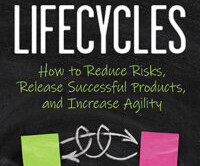
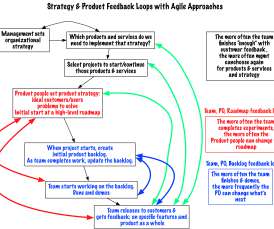


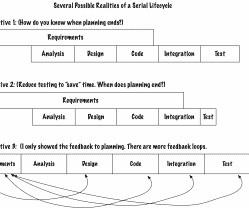

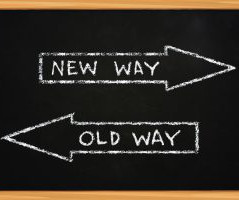
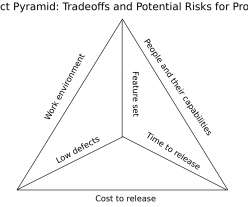


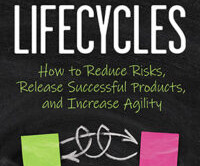
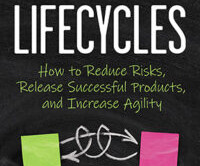

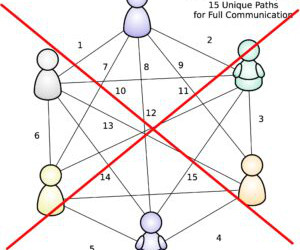






Let's personalize your content